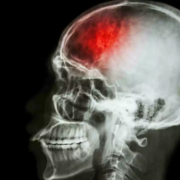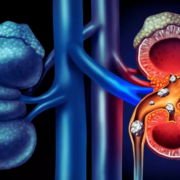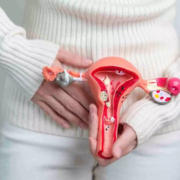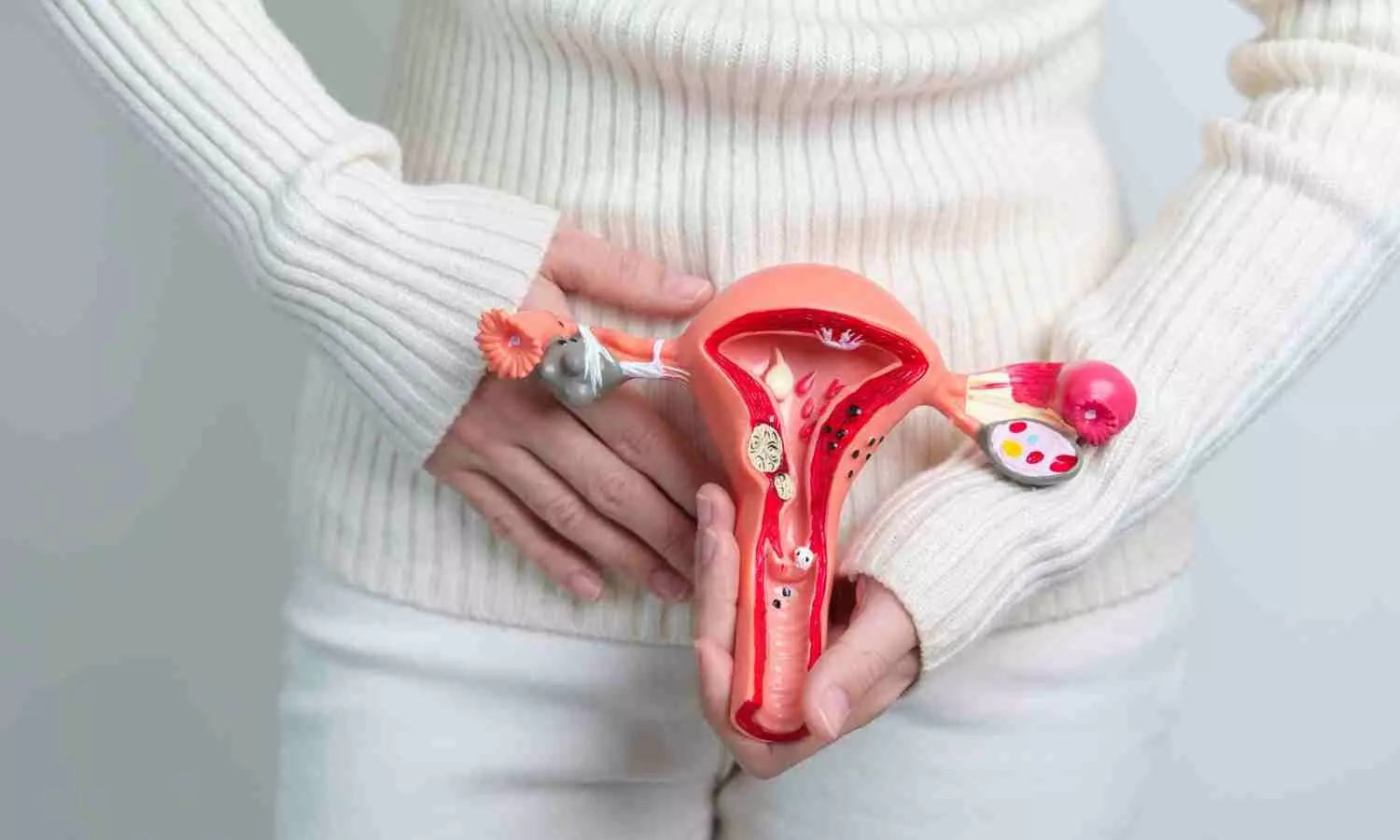Finerenone improves long-term survival benefits in patients with worsening heart failure, finds study

A recent study published in the Journal of American Medical Association showed a projection that long-term finerenone medication can increase event-free survival in heart failure (HF) patients with modestly decreased or maintained ejection fraction by up to 3 years.
When compared to the peers of same age, the individuals with heart failure who have a little reduced or maintained ejection fraction have a significantly shorter life expectancy free from clinical events. Reductions in cardiovascular events have been observed in this population after a median follow-up of 2.6 years with finerenone, a nonsteroidal mineralocorticoid receptor antagonist. Since patients with HF usually continue treatment after this period, estimating the possible long-term benefits of finerenone could help guide shared clinical decision-making. Thus, this study was to calculate the expected long-term therapeutic effects of finerenone in HF patients who have a modestly decreased or maintained ejection fraction provided the patient receives the medication for the duration of their lives.
The FINEARTS-HF experiment spanned over 653 sites in 37 countries and was subjected to predetermined analysis. From September 2020 to January 2023, the adults 40 years of age and older with HF symptoms and a left ventricular ejection fraction of 40% or above were randomly assigned. The median (IQR) of the follow-up was 2.6 (1.9 to 3.0) years. The time to cardiovascular death or worsening heart attack incident was the main composite outcome. Age-based Kaplan-Meier curves were employed to iteratively estimate the long-term increases in survival free from a major end goal with finerenone. Event-free survival benefits were shown by differences in the areas under the survival curves between the finerenone and placebo groups.
Among 6001 individuals, the mean survival free of a 55-year-old participant from the primary end objective was 13.6 years with finerenone and 10.5 years with placebo which signified a 3.1-year increase in event-free survival. Also, a 65-year-old participant’s mean event-free survival was 11.0 years while using finerenone and 8.9 years when taking a placebo, implying a 2.0-year increase. For every beginning age between 50 and 80 years old, the projected mean event-free survival was numerically higher with finerenone than with placebo. Gains in event-free survival over the course of a lifetime were seen in patients who had previously received treatment with a sodium-glucose cotransporter 2 inhibitor. Overall, the outcome of this trial found that long-term finerenone medication was expected to increase event-free survival by up to 3 years in persons with HFmrEF or HFpEF.
Reference:
Vaduganathan, M., Claggett, B. L., Desai, A. S., Jhund, P. S., Lam, C. S. P., Senni, M., Shah, S. J., Voors, A. A., Zannad, F., Pitt, B., Borentian, M., Lay-Flurrie, J., Viswanathan, P., Behmenburg, F. U., McMurray, J. J. V., & Solomon, S. D. (2024). Estimated Long-Term Benefits of Finerenone in Heart Failure. In JAMA Cardiology. American Medical Association (AMA). https://doi.org/10.1001/jamacardio.2024.3782
Powered by WPeMatico



















